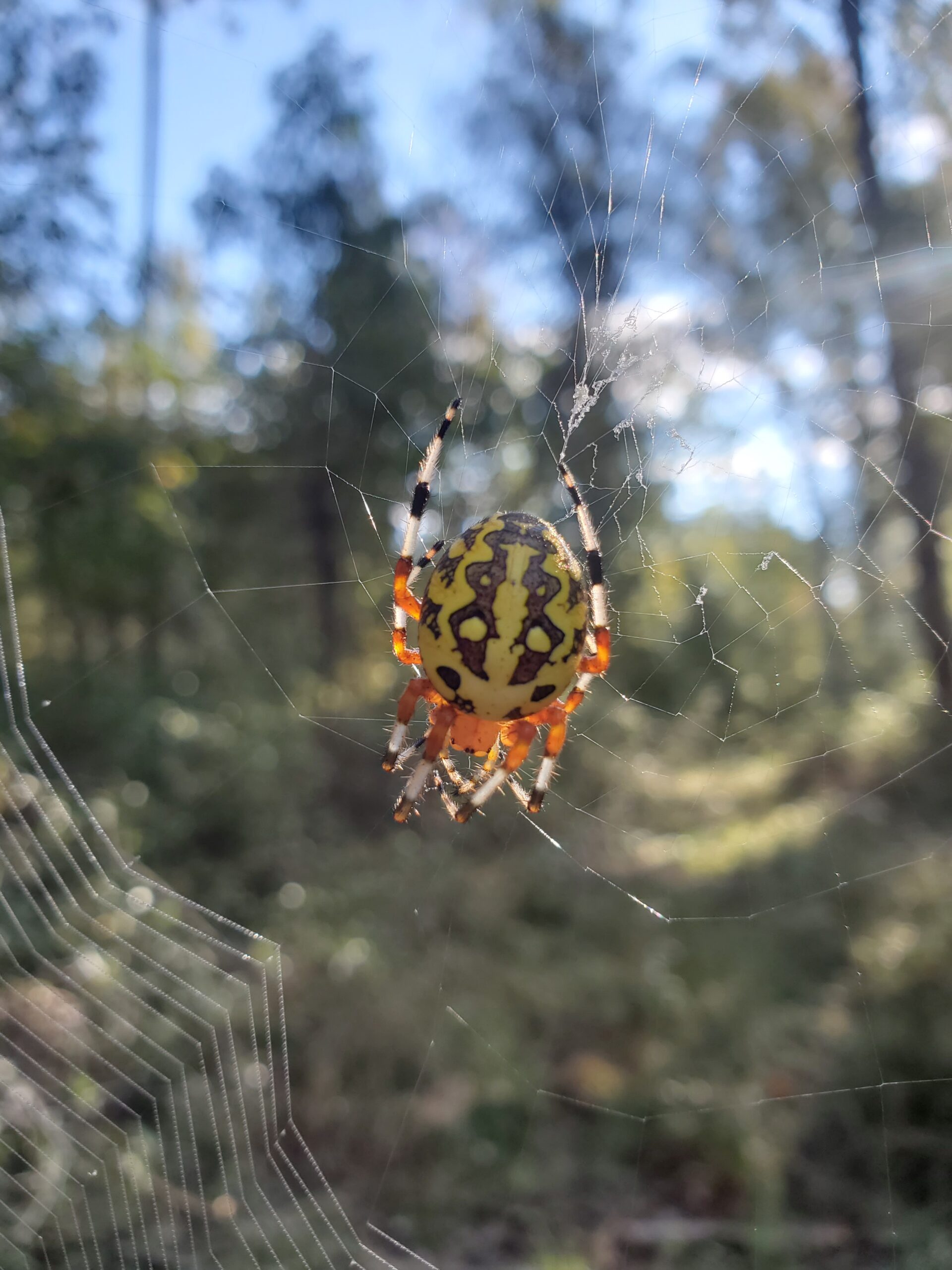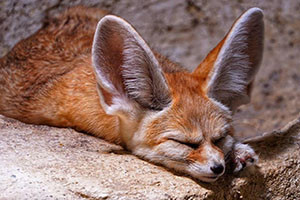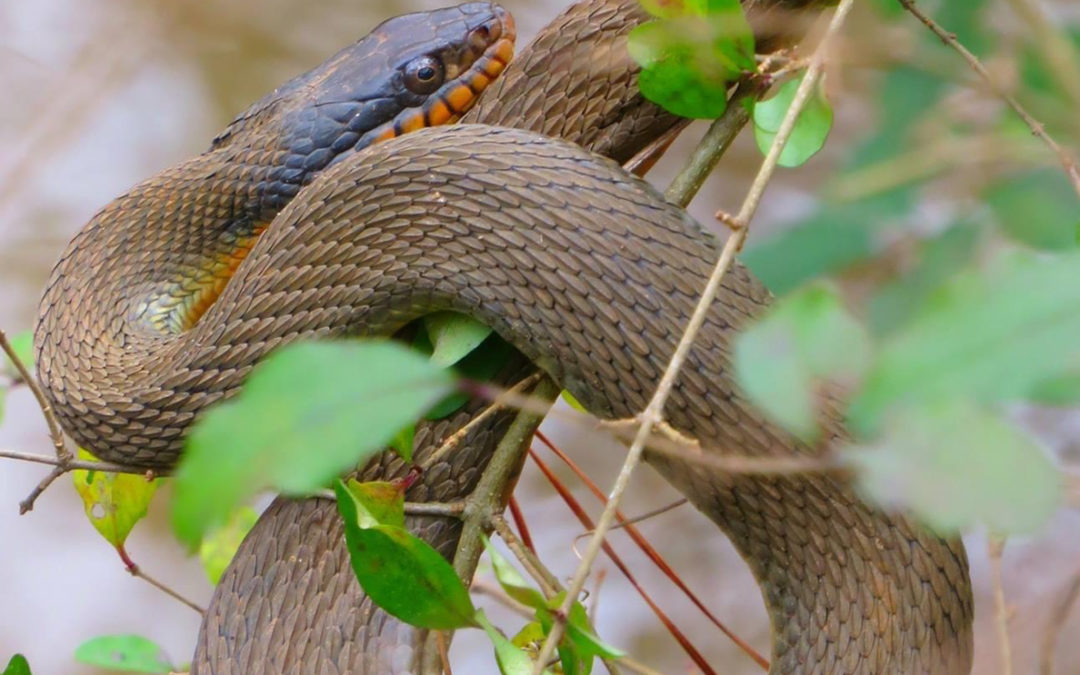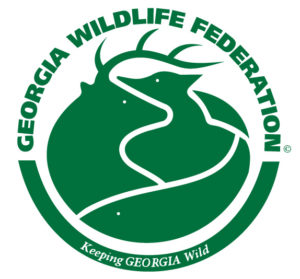
by amadmin | Oct 30, 2021 | Educational Resources, News, Uncategorized
By: JT Pynne and Julia Yearout (GA DNR) Halloween season is a great time to dive into the spooky animals that exist in our very backyard. Glowing Animals Some animals have an almost supernatural ability to glow in the dark! Several biofluorescent and bioluminescent...

by amadmin | Jun 20, 2021 | Educational Resources, News, Uncategorized
By: Ashlyn Halseth With the ocean taking up 71% of the Earth’s surface, only 57,308,738 square miles are left for the terrestrial creatures of the world. Grasslands, rainforests, temperate forests, evergreen forests, and more make up a small portion of the Earth’s...

by amadmin | Nov 27, 2020 | Educational Resources, News, Uncategorized
By Ashlyn Halseth When proposing a national symbol for the United States, many of the founding fathers looked towards the Bald Eagle for their intimidatingly strong beaks and wings built for soaring; however, a myth has circulated in American culture that Benjamin...

by amadmin | Sep 25, 2020 | Educational Resources, News, Uncategorized
By: Ashlyn Halseth With southern migration season picking up, the Northern Flicker’s (Colaptes auratus) coloration is well-deserving a feature during the fall season! The Northern Flicker is a species of bird found within the family Picidae, which includes other...

by amadmin | Aug 20, 2020 | Educational Resources, News, Uncategorized
By: Ashlyn Halseth As their name suggests, the red-bellied watersnake or Nerodia erythrogaster erythrogaster is a non-venomous snake, found in Georgia, that lives close to water! They are known for their distinctive keeled scales, that make them appear dull and raised...

by amadmin | Aug 6, 2020 | Educational Resources, Mill Creek Nature Center, News, Uncategorized
By: Ashlyn Halseth The Great Blue Heron’s (Ardea herodias) name is quite fitting for its outward appearance. This bird, which shares a taxonomic family with other herons, egrets, and bitterns, is a large bird, with an average length of 38-54 inches, which is 5 times...








Recent Comments